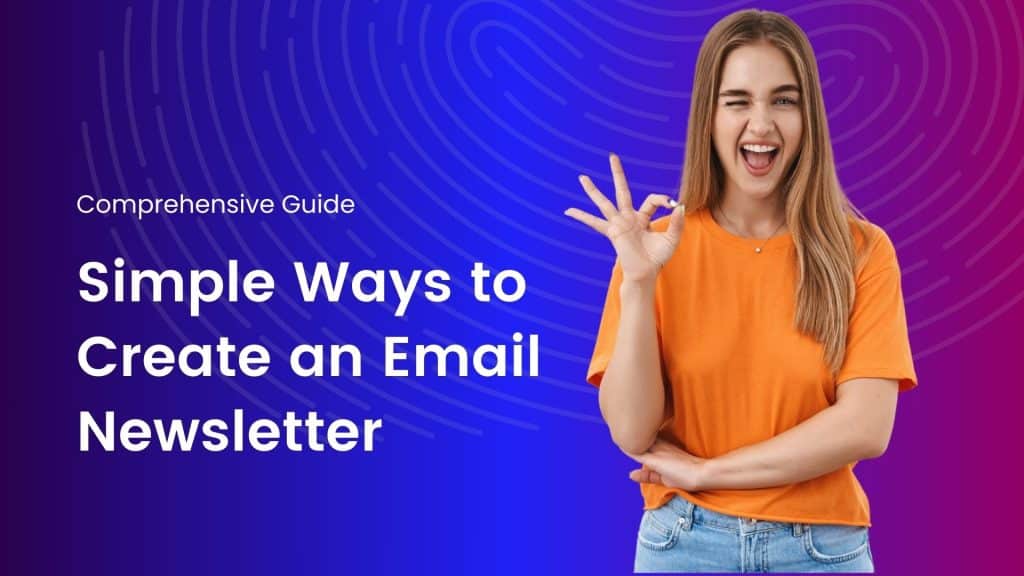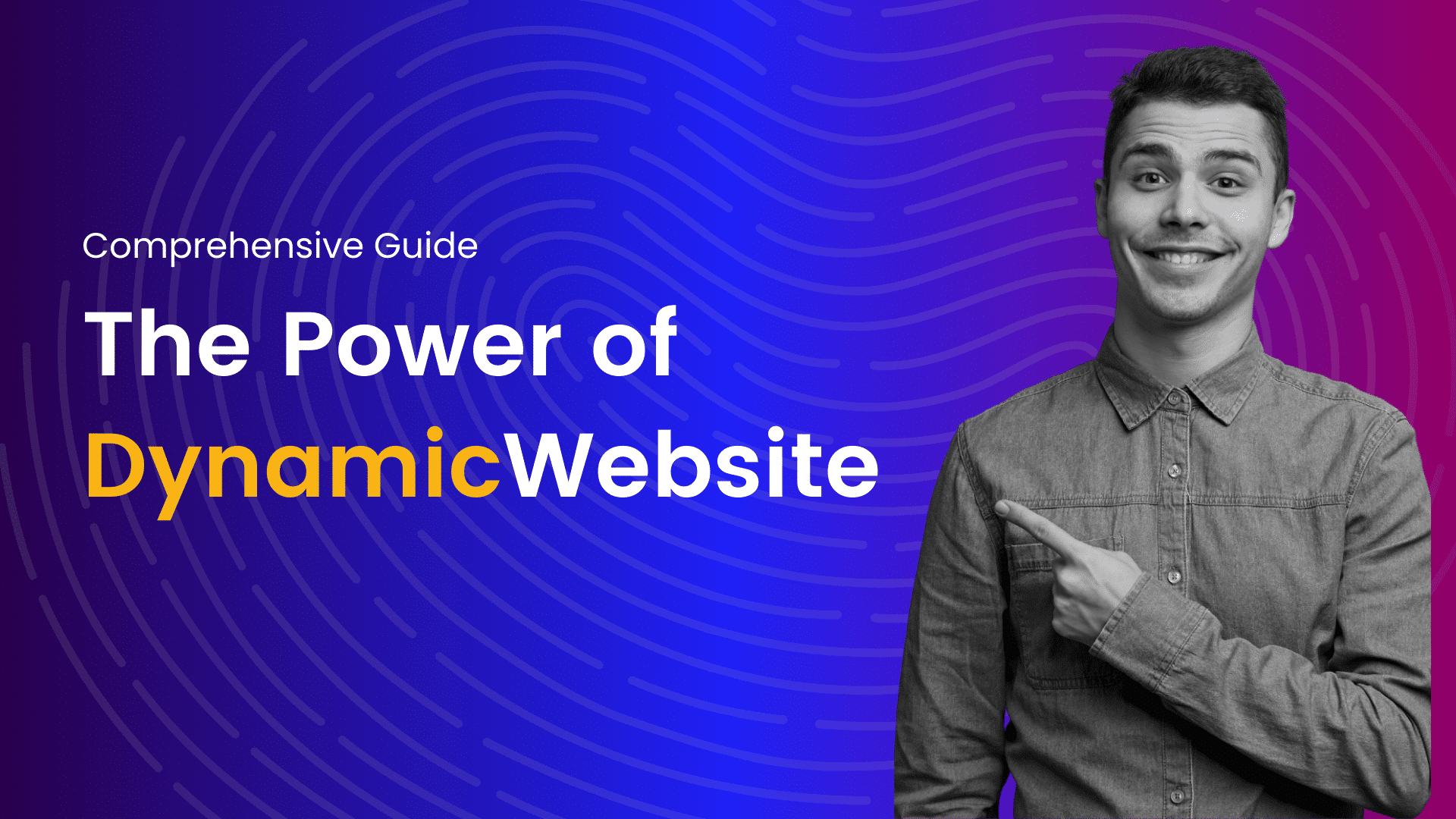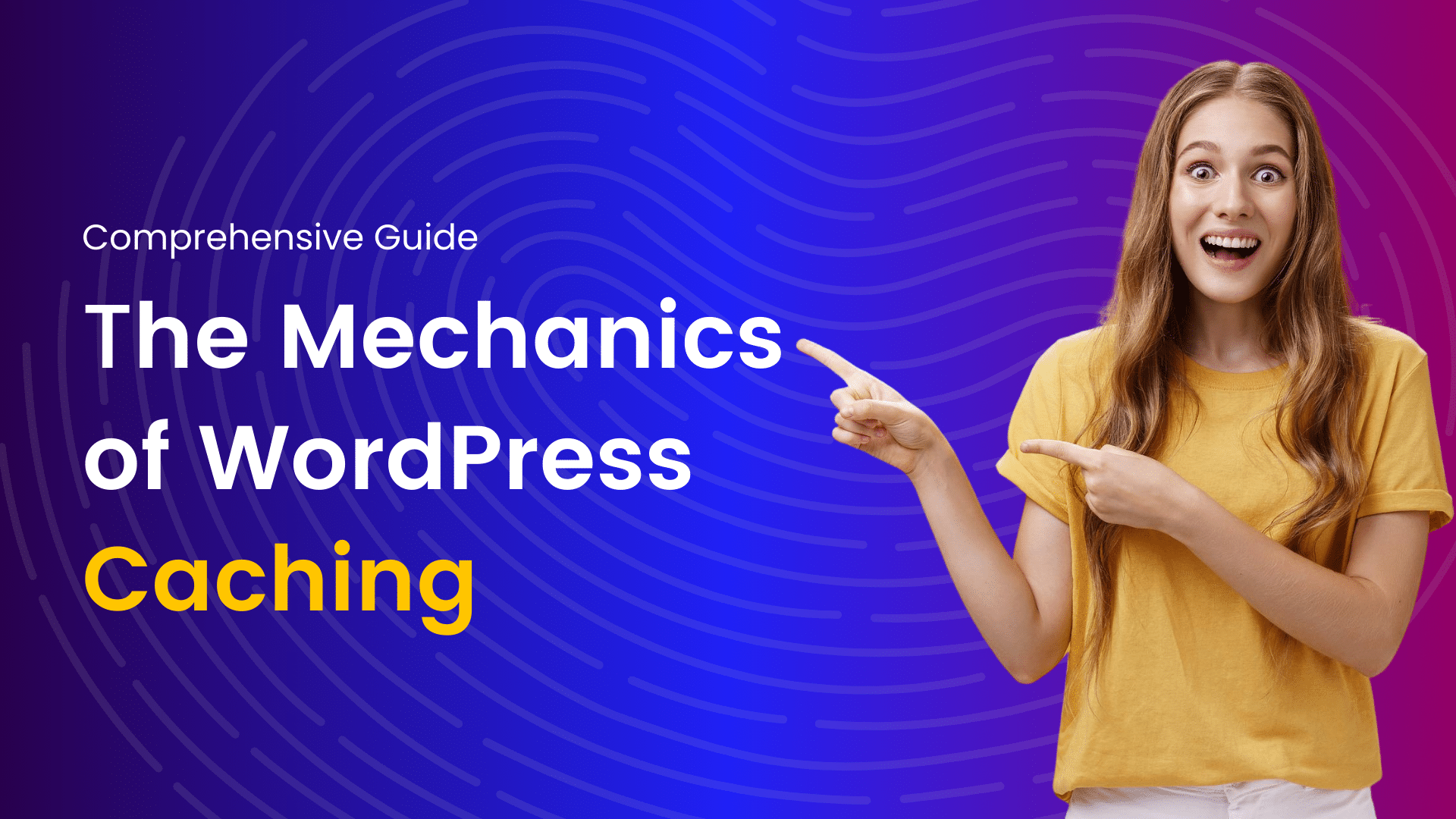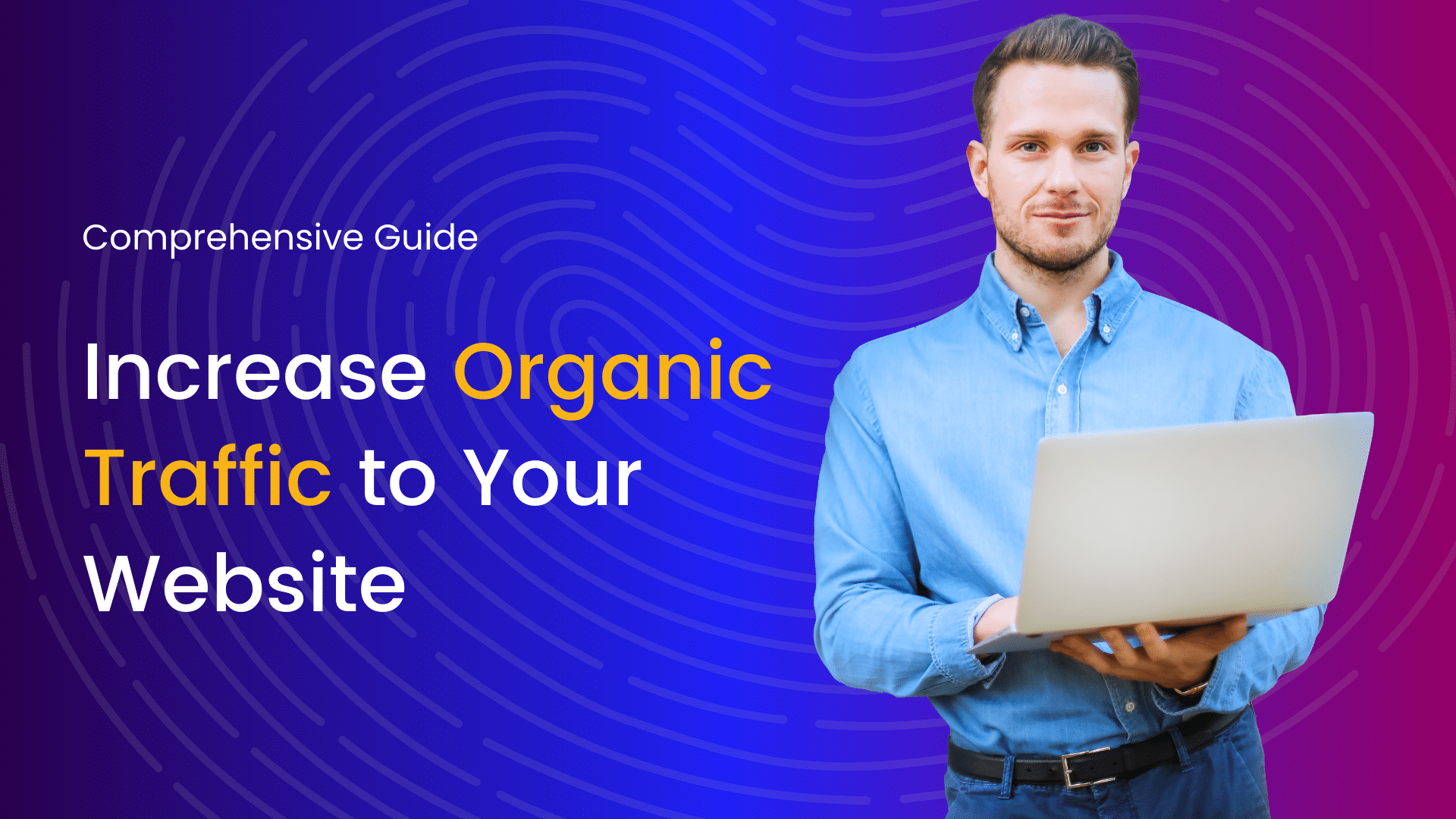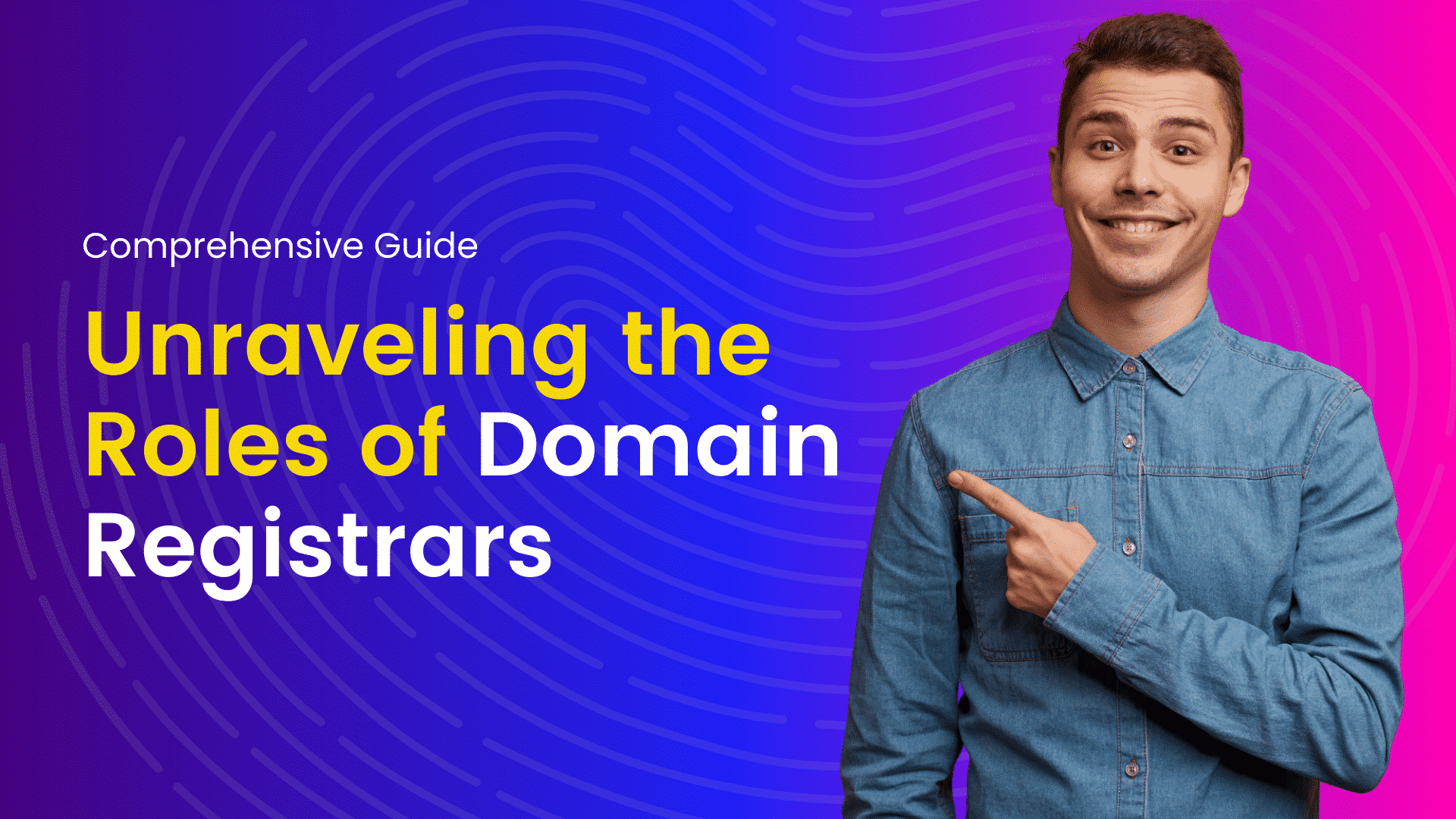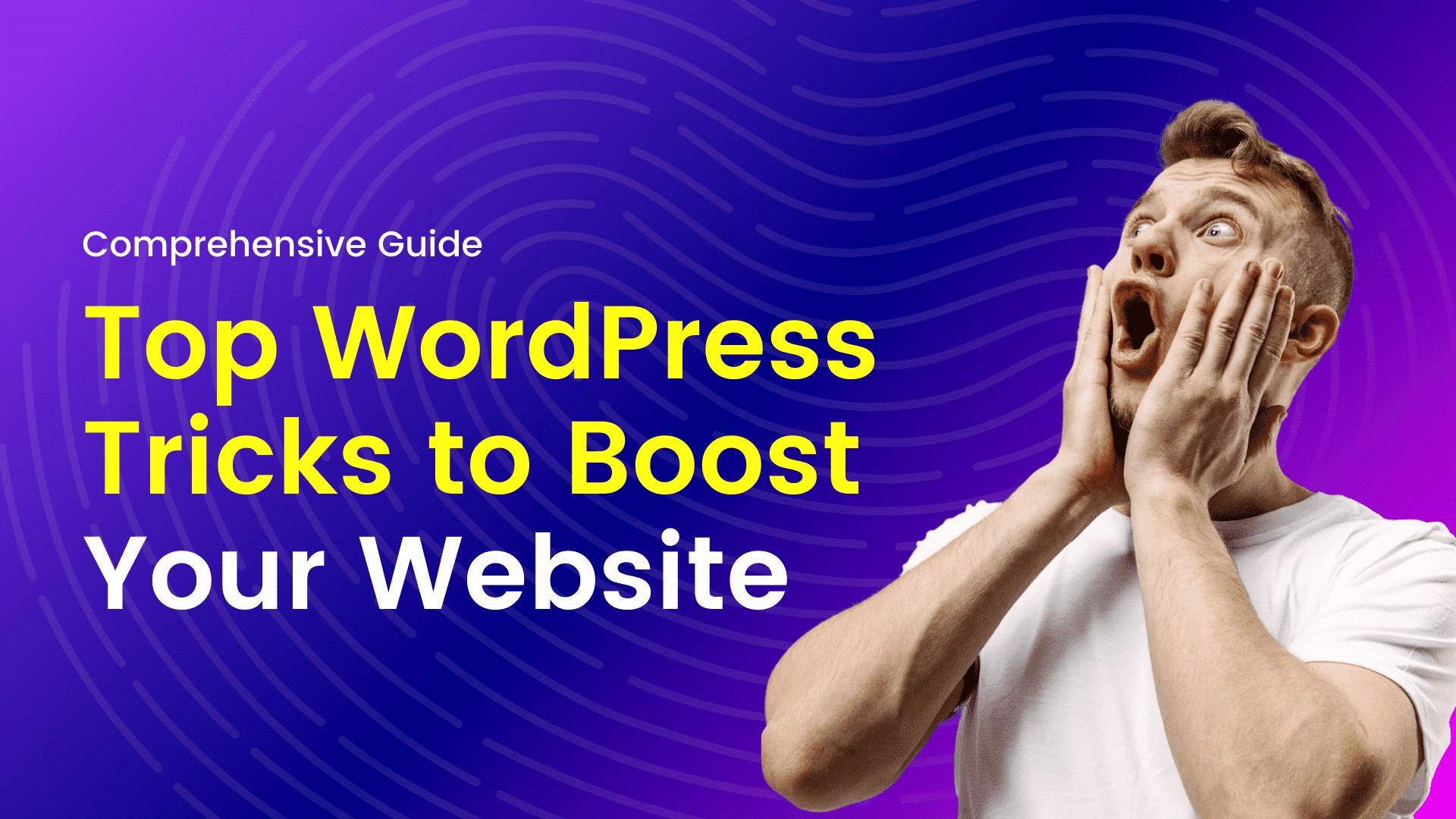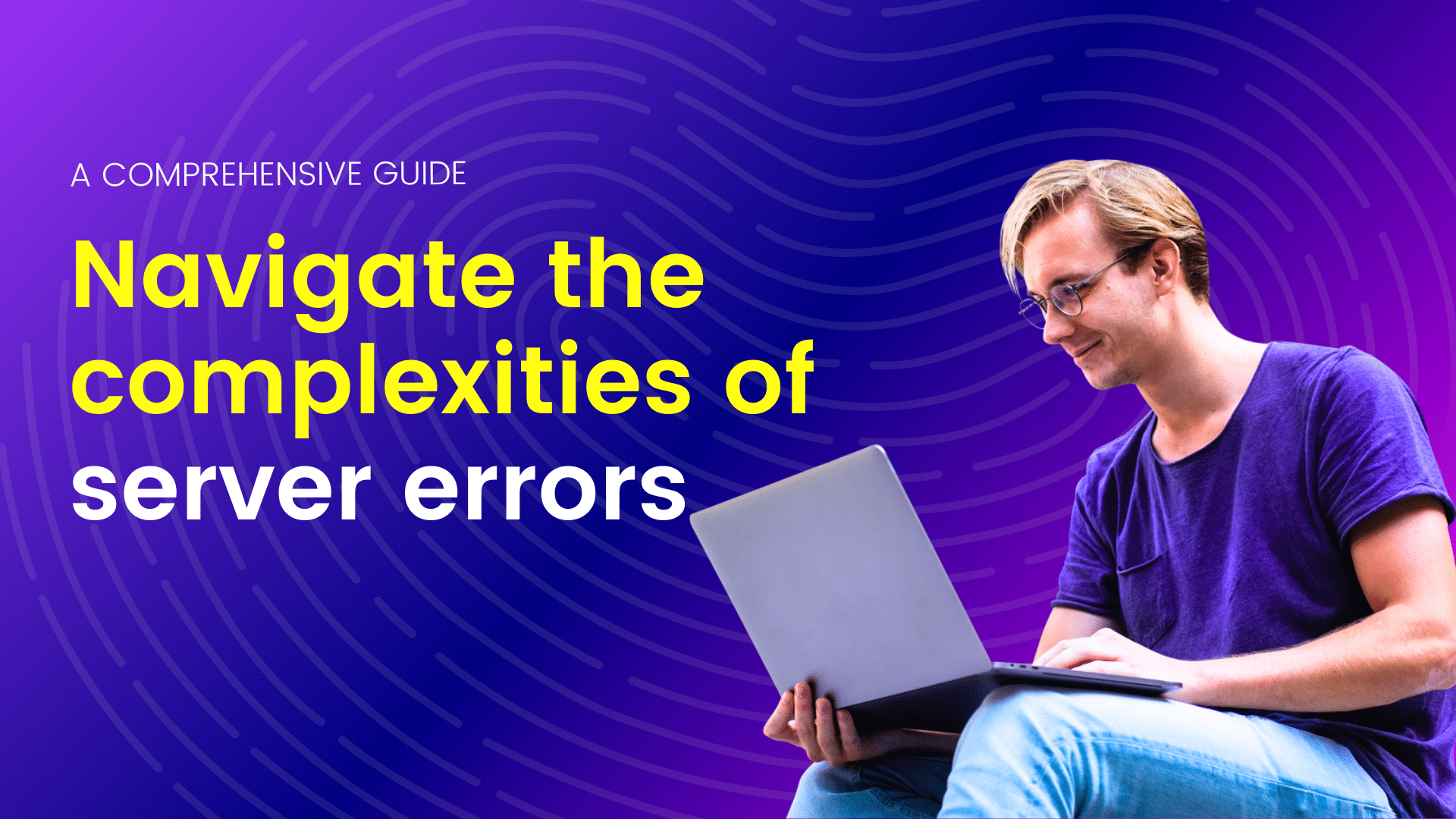Email newsletters remain one of the most effective ways to engage with an audience, build a loyal community, and drive business goals. However, with inboxes brimming with content, it’s crucial that your newsletter stands out. Injecting personality into your emails can transform them from mundane updates to eagerly anticipated messages.
Craft a Distinctive Voice
The voice of your newsletter is its most defining characteristic. It’s the way you communicate your messages and connect with your audience. Here are steps to develop and maintain a distinctive voice:
Understand Your Audience
Before you can develop a voice, you need to understand who you’re speaking to. Are they professionals, enthusiasts, or casual readers? Tailoring your voice to their preferences and expectations is key.
Be Authentic and Relatable
Authenticity fosters trust and loyalty. Share personal anecdotes, insights, and experiences. This makes your communication feel more like a conversation than a corporate message. For instance, if you’re writing a travel newsletter, recount a personal travel mishap or a hidden gem you discovered.
Consistency is Key
Maintain a consistent tone throughout your newsletters. Whether it’s casual and friendly or professional and informative, consistency helps in building a recognizable brand identity. Create a style guide to ensure that everyone on your team adheres to the same voice.
Utilize Storytelling Techniques
People love stories. They are engaging and memorable. Incorporating storytelling techniques can make your newsletter more compelling.
Start with a Hook
Begin with an intriguing opening that grabs attention. This could be a question, a surprising fact, or a compelling quote. The goal is to draw readers in right from the start.
Build a Narrative Arc
Structure your newsletter like a story with a beginning, middle, and end. Introduce a problem or a topic, explore it, and conclude with a resolution or takeaway. This narrative flow keeps readers engaged from start to finish.
Use Visuals to Enhance the Story
Incorporate images, GIFs, and videos to complement your narrative. Visuals break up text and can convey emotions and messages more powerfully than words alone. For example, if you’re sharing a customer success story, include pictures of the customer using your product.
Engage and Interact with Your Readers
Engagement transforms passive readers into active participants. Here’s how to make your newsletters more interactive:
Ask for Feedback and Opinions
Encourage readers to respond to your emails with their thoughts and feedback. This could be through direct questions, surveys, or polls. For instance, a fashion brand might ask, “Which summer trend are you most excited about?”
Create Interactive Content
Include elements like quizzes, polls, and clickable elements. These not only make the email more fun but also provide valuable insights into your readers’ preferences. Tools like Typeform or Google Forms can be integrated seamlessly.
Highlight Reader Contributions
Feature user-generated content, such as photos, reviews, or stories from your readers. This not only provides social proof but also makes readers feel valued and part of a community. For example, a cooking newsletter could spotlight a recipe submitted by a reader.
How can I develop a consistent voice and tone for my email newsletter?
Developing a consistent voice and tone for your email newsletter involves a series of thoughtful steps to ensure your communication style aligns with your brand and resonates with your audience. Here’s a comprehensive guide to help you establish and maintain this consistency:
Understand Your Brand Identity
- Define Your Brand Values: Clearly outline what your brand stands for, including its mission, vision, and core values. These elements will heavily influence your voice and tone.
- Personality Traits: Decide on a few key personality traits that describe your brand. Are you friendly, professional, witty, authoritative, etc.?
Know Your Audience
- Audience Demographics: Understand who your readers are in terms of age, gender, occupation, interests, and preferences.
- Audience Expectations: Determine what your audience expects from your newsletter. Are they looking for informative content, entertainment, inspiration, etc.?
Establish Voice Guidelines
- Voice Characteristics: Describe the consistent characteristics of your brand’s voice. For example, “Our brand voice is friendly, conversational, and approachable.”
- Language and Vocabulary: Decide on specific language and vocabulary that align with your brand. Avoid jargon if your audience is not familiar with it, and choose words that resonate with them.
- Style Consistency: Maintain a consistent writing style, whether it’s formal or informal, complex or simple.
Define Tone Variations
- Adaptable Tone: While your voice remains consistent, your tone can vary depending on the context, such as announcements, promotions, or customer service updates.
- Emotional Tone: Decide how your tone will adapt to different emotional contexts, such as being more empathetic in customer support emails or more enthusiastic in promotional content.
Create a Style Guide
- Documentation: Develop a style guide that documents your voice and tone guidelines, including examples of preferred language and tone for different types of content.
- Examples: Include examples of emails that exemplify your desired voice and tone, highlighting what makes them successful.
Consistent Content Creation
- Editorial Calendar: Plan your content in advance with an editorial calendar to ensure consistency in topics and timing.
- Content Review: Implement a review process to ensure all content adheres to your voice and tone guidelines before it’s sent out.
Regular Training and Updates
- Team Training: Train your team regularly on your voice and tone guidelines to ensure everyone is on the same page.
- Feedback Loop: Collect feedback from your audience and adjust your guidelines as necessary to keep them relevant and effective.
Analyze and Adjust
- Monitor Engagement: Use metrics like open rates, click-through rates, and reader feedback to gauge how well your voice and tone are resonating.
- Iterate: Be open to iterating on your voice and tone based on performance data and changing audience preferences.
Practical Tips
- Be Authentic: Authenticity builds trust. Ensure your voice and tone feel genuine and not forced.
- Consistency Across Channels: Ensure your voice and tone are consistent across all communication channels, not just your email newsletter.
- Feedback Incorporation: Actively seek and incorporate feedback from your readers to continuously improve.
By following these steps, you can create a distinctive and consistent voice and tone for your email newsletter that not only represents your brand effectively but also engages and resonates with your audience.
What are some effective ways to personalize content in my email newsletter?
Personalizing content in your email newsletter can significantly enhance engagement and conversion rates. Here are some effective strategies to personalize your email newsletters:
- Segment Your Audience: Divide your subscribers into smaller groups based on criteria such as demographics, purchase history, behavior, or engagement levels. This allows you to tailor content specifically to each group’s interests and needs.
- Use Dynamic Content: Incorporate dynamic content blocks that change based on the recipient’s data. For example, show different product recommendations based on past purchases or browsing history.
- Personalized Subject Lines: Craft subject lines that include the recipient’s name or other personalized information to grab their attention. Personalized subject lines are more likely to be opened.
- Behavioral Trigger Emails: Send emails triggered by specific actions taken by the subscriber, such as cart abandonment, browsing certain categories, or completing a purchase. These emails are highly relevant and timely.
- Product Recommendations: Suggest products or services based on the subscriber’s previous interactions with your brand. Use algorithms to recommend items they are likely to be interested in.
- Location-Based Content: Customize content based on the recipient’s location. This can include local events, weather updates, store openings, or region-specific promotions.
- Personalized Offers and Discounts: Offer exclusive discounts or special deals based on the subscriber’s purchase history or loyalty status. This makes the subscriber feel valued and appreciated.
- Birthday and Anniversary Emails: Send special greetings and offers on the subscriber’s birthday or anniversary with your brand. This personal touch can enhance customer loyalty.
- Customized Content Blocks: Create different versions of content blocks within the same email to appeal to different segments of your audience. For example, feature various blog posts, news items, or tips that are relevant to different segments.
- Personalized Sign-Offs: Use personalized signatures that include the sender’s name and contact information, and consider adding a personalized note or message at the end of the email.
- Engagement-Based Content: Adjust the content based on the recipient’s engagement level. For instance, send re-engagement emails to inactive subscribers with special offers or surveys to understand their preferences better.
- Feedback and Surveys: Include personalized surveys or feedback forms in your emails to gather more information about your subscribers’ preferences and improve future content.
- Visual Personalization: Incorporate personalized images or videos. For example, use tools that can personalize images with the subscriber’s name or include video messages addressing the subscriber directly.
- Time-Sensitive Content: Send emails based on the subscriber’s local time to increase the likelihood of the email being opened and read.
- Utilize CRM Data: Leverage data from your Customer Relationship Management (CRM) system to understand your subscribers better and personalize content based on their interaction history and preferences.
By implementing these personalization strategies, you can create more engaging and relevant email newsletters that resonate with your audience, leading to higher open rates, click-through rates, and overall satisfaction.
What interactive elements can I incorporate into my email newsletter to make it more engaging?
Adding interactive elements can make your newsletter more dynamic and engaging. Here are some ideas:
- Surveys and Polls: Include quick surveys or polls to gather feedback and make readers feel involved.
- Clickable Elements: Use buttons, images, or GIFs that encourage readers to click through for more content or special offers.
- Quizzes and Games: Create simple quizzes or games related to your content to entertain and engage your audience.
By focusing on these three strategies—developing a consistent voice, personalizing content, and incorporating interactive elements—you can create an email newsletter that stands out and keeps your audience looking forward to each issue.
Creating an email newsletter with personality doesn’t have to be complicated. By crafting a distinctive voice, using storytelling techniques, and engaging with your readers, you can transform your newsletter into a powerful tool for connection and growth. Remember, the more genuine and relatable your newsletters are, the more your audience will look forward to opening them. Happy emailing!
I'm a tech-savvy writer with a Computer Science degree and web hosting background, contributing to Hostao Blogs. I simplify complex tech topics like web development and cybersecurity. Beyond writing, I'm a tech explorer passionate about digital advancements.

